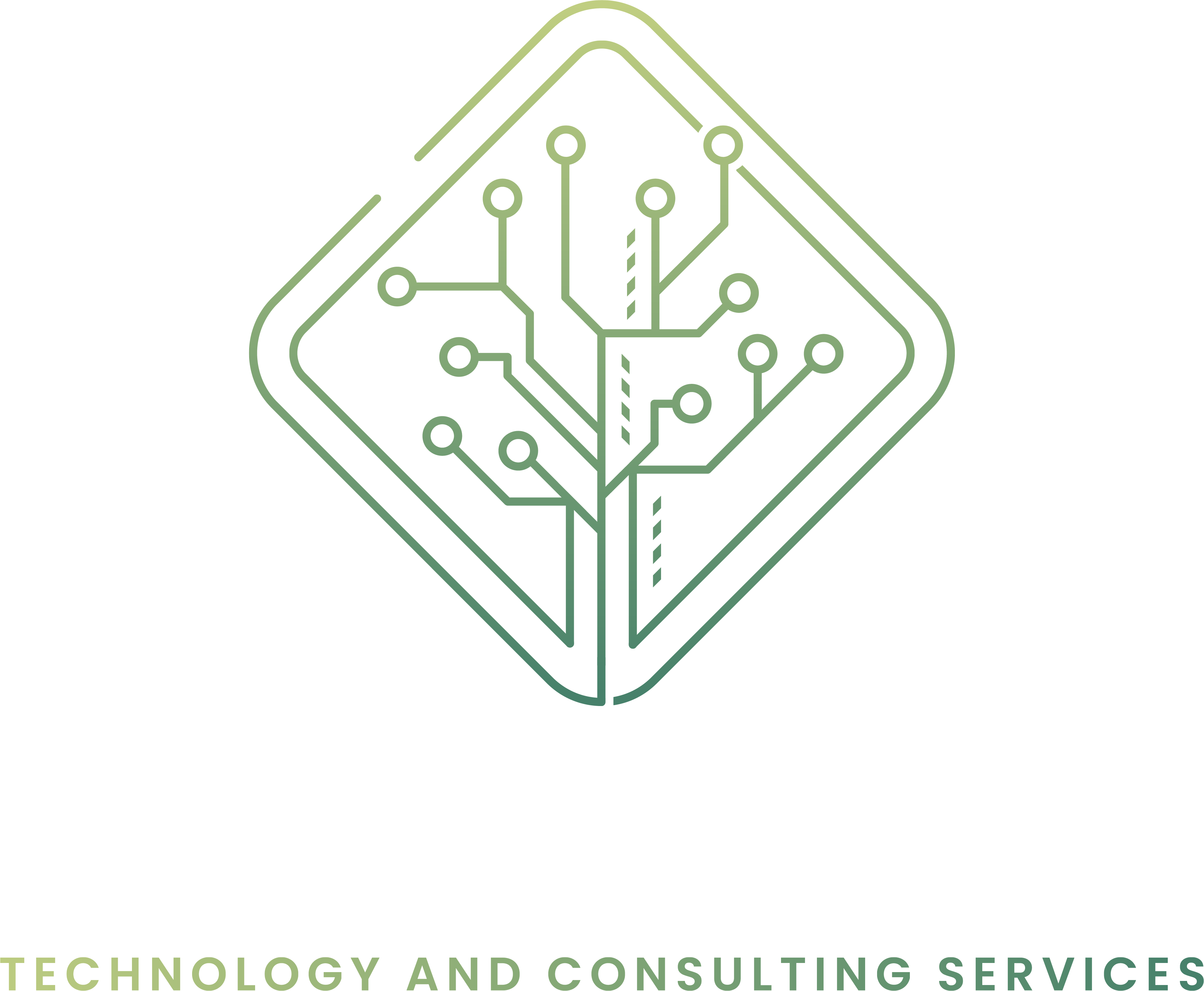In today’s interconnected digital world, where our lives are increasingly dependent on computers, the threat of computer viruses looms large. A computer virus can wreak havoc on your system, compromising your personal data, disrupting operations, and causing significant frustration. Therefore, it’s crucial to be vigilant and proactive in ensuring the health of your computer. This article will guide you through the process of checking for viruses and taking preventive measures to keep your system secure.
1. Symptoms of a Computer Virus:
Before diving into the steps for checking your computer for viruses, it’s essential to be aware of the common symptoms that may indicate an infection. These can include:
– Sluggish performance: A sudden decrease in your computer’s speed.
– Unexpected crashes: Frequent program or system crashes without apparent reasons.
– Unusual pop-ups: An influx of unwanted pop-up ads or strange messages.
– Changes in file size or date: Files that have been altered or modified without your knowledge.
– Disabled security software: Difficulty accessing or using your antivirus or anti-malware programs.
2. Run a Full System Scan:
The most direct way to check for viruses is by running a comprehensive system scan using reputable antivirus software. Ensure that your antivirus program is up-to-date, and perform a thorough scan of your entire system. Many antivirus tools allow you to schedule regular scans, providing ongoing protection against potential threats.
3. Use Online Virus Scanners:
Several online tools offer free virus scanning services. Websites like VirusTotal (https://www.virustotal.com/) allow you to upload files or provide links for online scanning. While these tools don’t replace traditional antivirus software, they can serve as a second opinion and help identify potential threats that might have been missed.
4. Check for Unusual Network Activity:
Viruses often communicate with external servers or networks. Monitor your network activity using built-in tools or third-party applications to identify any unusual or suspicious connections. Sudden spikes in data usage or unexpected network traffic could be indicators of a virus.
5. Update Your Operating System and Software:
Keeping your operating system and software up-to-date is a fundamental aspect of computer security. Software updates often include security patches that address vulnerabilities, making it harder for viruses to exploit loopholes in your system. Enable automatic updates whenever possible to ensure continuous protection.
6. Be Cautious with Email Attachments and Links:
Viruses often spread through email attachments and malicious links. Exercise caution when opening emails from unknown senders and avoid clicking on suspicious links or downloading attachments from untrusted sources. Verify the legitimacy of emails before interacting with their contents.
7. Create Regular Backups:
In the unfortunate event of a virus infection, having recent backups of your important files is crucial. Regularly back up your data to an external drive or cloud storage service. This ensures that, even if your computer is compromised, you can restore your files without significant data loss.
In conclusion, maintaining a healthy and secure computer requires a combination of vigilance, preventive measures, and the use of reliable antivirus tools. Regularly checking your computer for viruses and implementing best practices for online safety can go a long way in safeguarding your digital world. By staying informed and proactive, you can minimize the risk of falling victim to malicious software and enjoy a more secure computing experience.





